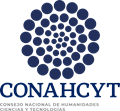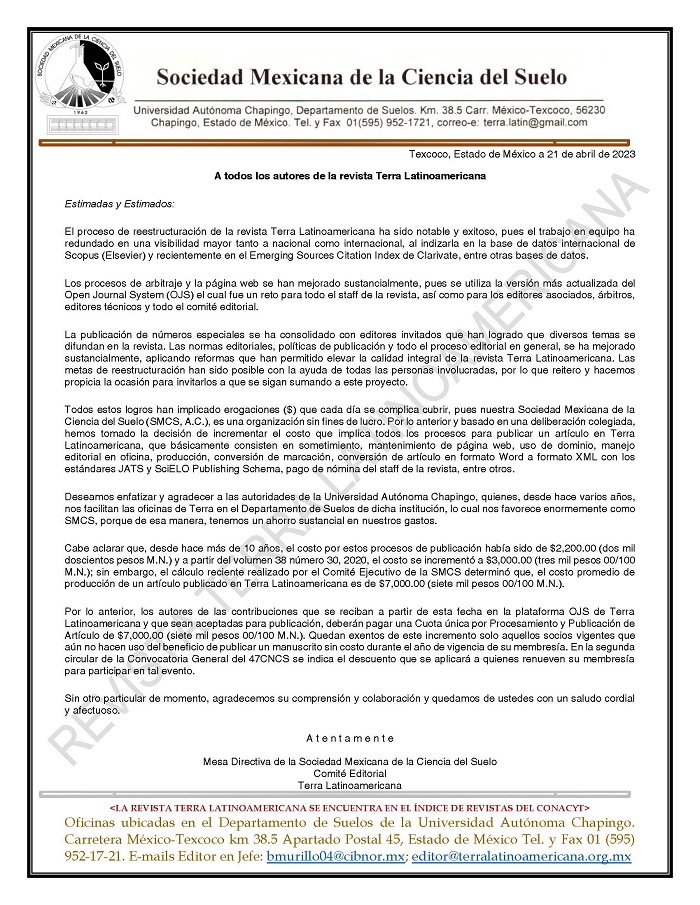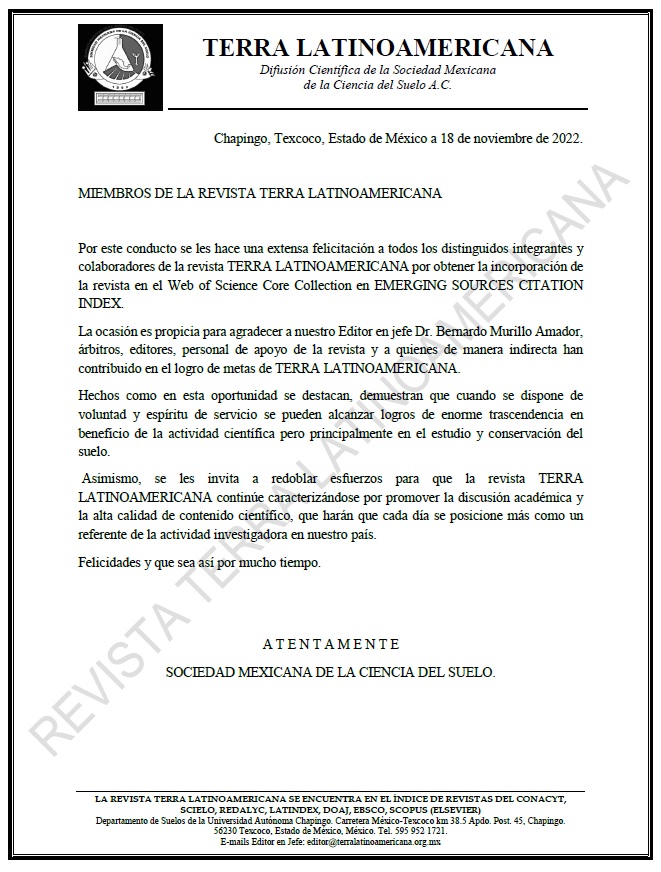Rhizobacteria and Cell Extracts with Antagonistic Potential on Phytophthora palmivora in Theobroma cacao CCN-51
DOI:
https://doi.org/10.28940/terralatinoamericana.v43i.2009Keywords:
antagonism, biological control, chlamydospores, lysis of zoospores, secondary metabolites, PGPR’sAbstract
Phytophthora palmivora causal agent of the black ear disease, which causes great economic losses in the crop. The use of rhizobacteria allows reducing the proliferation of pathogens and reducing the use of agrochemicals. The objective of the research is to determine the potential antagonism of rhizobacteria on the resistance structure and propagation of P. palmivora. The research was carried out at the Microbiology and Molecular Biology Laboratory of the State Technical University of Quevedo (UTEQ), Ecuador. P. palmivora strain L8-1 and the rhizobacteria Klebsiella variicola (BO3-4), Enterobacter asburiae (BA4-19 and PM3-14), Pseudomonas putida (BMR2-4 and PB3-6) and Pseudomonas spp. (PM4-13), the trial was divided into three phases: 1) Antagonism of cell extracts on resistance and dissemination structures;
2) Infection levels in pods and 3) Mechanism of protection of cocoa plants. The results indicated that 72 h af ter application, cell extracts of PM3-14 and BA4-19 presented lysis of chlamydospores (80%), and inhibited germination and lysis of zoospores (68%). The application of cell extracts of BA4-19 decreased the advance of infection of P. palmivora (50%) on the cob bark. At 65 days af ter inoculation (dpi), PM3-14 and BMR2-4 rhizobacteria reduced the mortality of CCN-51 seedlings (100%) in the presence of P. palmivora. The application of rhizobacterial strains PM3-14, BA4-19 and BMR2-4 proved to be highly ef fective in controlling P. palmivora, inhibiting its development and providing complete protection to cocoa CCN-51, in addition to promoting its growth.
Downloads
Publication Facts
Reviewer profiles N/A
Author statements
- Academic society
- Terra Latinoamericana
- Publisher
- Mexican Society of Soil Science, C.A.

















